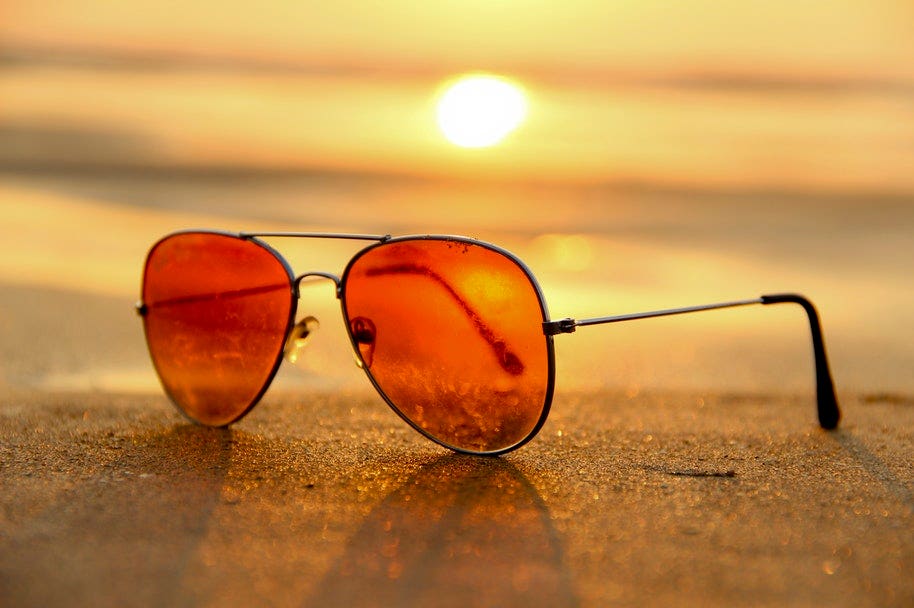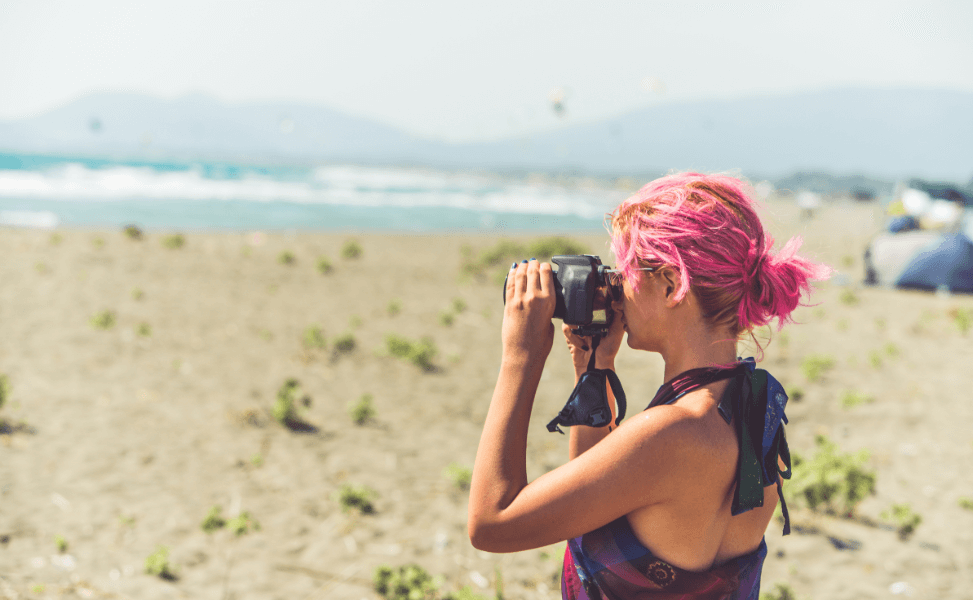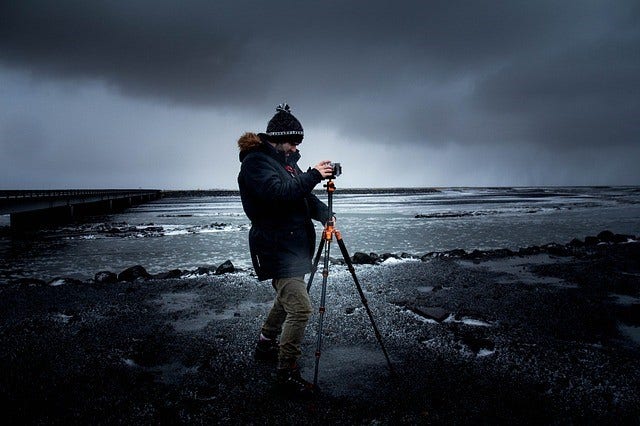
Seascape photography is a genre of photography that captures the beauty and majesty of the ocean and its surroundings. This type of photography involves taking pictures of the sea, beaches, cliffs, and other coastal landscapes, as well as capturing the interplay of light, water, and sky. Seascape photographers aim to capture the essence of the sea and the emotions it evokes in viewers, whether it be a peaceful sunrise, the drama of a stormy sea, or the serenity of a calm beach
Much of what you photograph, and how, will not only be determined by the location itself but by the prevailing weather and the nature of the light. Even if you've got the perfect conditions, your photograph can still fall flat if you fail to achieve a dynamic composition.
To succeed in seascape photography, photographers must have a strong understanding of the elements of light, composition, and equipment, as well as the ability to plan and execute a photoshoot effectively. Whether you're a seasoned photographer or just starting out, seascape photography provides a rich and rewarding creative outlet that can take you on a journey of discovery and personal growth.

How to Photograph Seascapes
Understanding Light in Seascape Photography
The light you choose for sea photography needs to be chosen and scheduled wisely if you want your images to have impact. The bright summer light is harsh – especially at the beach, where there’s often little to diffuse or soften it.
This kind of light can be used effectively for strong colour saturation, but it can also produce deep shadows and high contrast – the kind of light that photographers usually avoid for portraits and other “people” pictures. It can be used for other subjects, provided they’re carefully chosen and composed.
Late morning, midday and afternoon are usually going to be off-limits for much of the seascape photography you’ll want to do.
At either end of the day, summer light is truly beautiful and much easier to work with. During early morning and very late afternoon it’s both soft and warm in colour. You can use this kind of light very successfully for truly beautiful coastal images.
Be particularly vigilant if shooting beach photos for a wedding. Most couples don’t factor in the harsh afternoon light, hard shadows and blistering heat that are the norm for the time of day they often schedule for their beach photographs.
Planning and Preparation for a Seascape Photoshoot
Planning and preparation are crucial components of a successful seascape photoshoot. This includes researching the location you plan to shoot, checking weather conditions and tides, and determining the best time of day to capture the light you want. It's important to consider the logistics of getting to the location and setting up your equipment, as well as the safety precautions you need to take when shooting near the water.
Additionally, you should also consider the equipment you'll need for your shoot, such as a tripod, camera, lenses, filters, and protective gear. Make sure you have all the necessary items with you and that they're in good working order. It's also a good idea to bring a backup plan in case weather conditions or other factors prevent you from capturing the images you want.
Finally, it's important to be mindful of your surroundings and to follow local laws and regulations when shooting in a seascape location.

Composition Techniques in Seascape Photography
Composition is a critical aspect of seascape photography, as it helps to guide the viewer's eye through the image and create a sense of balance and harmony. There are several techniques that seascape photographers can use to achieve a compelling composition, including the use of leading lines, symmetry, and the rule of thirds.
Leading lines can be used to lead the eye through your photograph, typically from the corner of the frame through the frame or to the subject. It's an effective way to make an image more interesting to the viewer. At the beach, leading lines can be found in rock formations, piers and jetties, rivers, driftwood and many other things naturally found along our coast.
Symmetry can be a powerful tool in seascape photography, as it creates a sense of balance and stability within the image. This can be achieved by aligning elements such as the horizon or a rock formation, for example, in the center of the frame.
The rule of thirds is a compositional guideline that suggests dividing the frame into thirds, both horizontally and vertically, and placing the main subject along one of the lines or at the intersection of two lines. This creates a sense of balance and can help to avoid a static composition.
By using these and other composition techniques, seascape photographers can create images that are aesthetically pleasing and that communicate the mood and atmosphere of the scene.
Capturing Waves and Motion in Seascape Photography
Capturing waves and motion in seascape photography can add dynamism and energy to an image, creating a sense of movement and power. There are several techniques that seascape photographers can use to achieve this, including the use of slow shutter speeds and intentional camera movement.
Slow shutter speeds are one of the most effective ways to capture motion in seascape photography. By leaving the shutter open for a longer period of time, you can create a blur effect that conveys the motion of the waves or water.
Intentional camera movement is another technique that can be used to capture motion in seascape photography. This involves moving the camera during the exposure to create a blur effect that conveys movement.

Shooting during Golden Hour and Sunset
Shooting during the golden hour and sunset can produce some of the most stunning and dramatic seascape images. The golden hour refers to the period of time just after sunrise or just before sunset, when the sun is low in the sky and casts a warm, soft light on the scene. During this time, the light is rich in color and texture, creating a warm and inviting atmosphere.
Sunset, on the other hand, can produce a more dramatic effect, as the sun dips below the horizon and casts a warm, orange glow on the scene. This can add a sense of drama and contrast to the image, making it more visually appealing.
When shooting during the golden hour and sunset, it's important to pay attention to the direction of the light and the shadows it creates. This will help you to determine the best angle to shoot from, and to make the most of the warm, soft light.

Essential Equipment for Seascape Photography
A digital camera
A digital camera with manual control capabilities is essential for seascape photography. A full-frame camera is ideal, but not necessary, as long as the camera has the ability to shoot in raw format and adjust settings such as shutter speed and aperture.
A Wide-angle Lens
A wide-angle lens is essential for seascape photography, as it allows you to capture the grandeur of the coastal environment. A lens with a focal length between 10-24mm is ideal for full-frame cameras, while a lens with a focal length between 15-30mm is ideal for crop-sensor cameras.
A tripod
A sturdy tripod is essential for seascape photography, as it provides a stable platform for the camera, especially when shooting in low light conditions or with slow shutter speeds.
Lens Filters
Lens filters can enhance seascapes and other seaside photographs dramatically. There are several you can use.
For many photographers, a polarising filter is the ultimate seascape filter. Polarisers reduce reflections and make possible the tropical blue seascapes we often see in travel brochures and postcards.
They also deepen the blue in summer skies and saturate colours in many of the things we see naturally at the beach. You can also use them to darken the looming black clouds on a stormy horizon.
Warming filters – which usually have a reference such as 81a, 81b, or 81c – are also effective, especially for those early morning and late afternoon seascapes.
These filters highlight and enhance the warmth evident in the light as the red component of the spectrum overwhelms the other colours as they travel through the atmosphere.
And for more photography tips and advice, be sure to check out some of our other articles on the Camera House blog!
